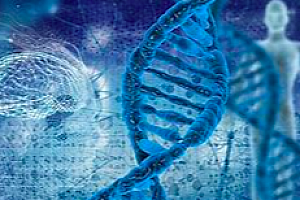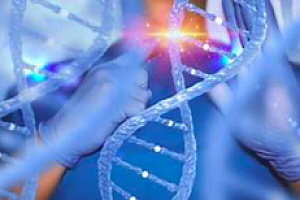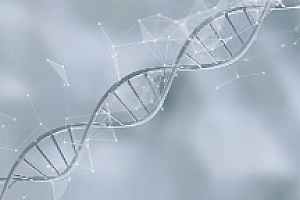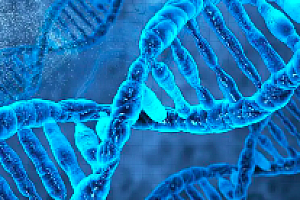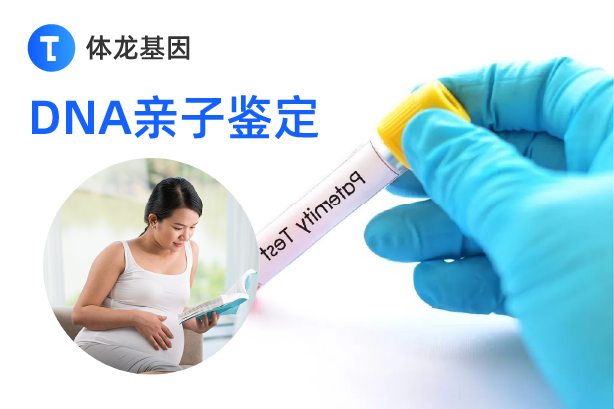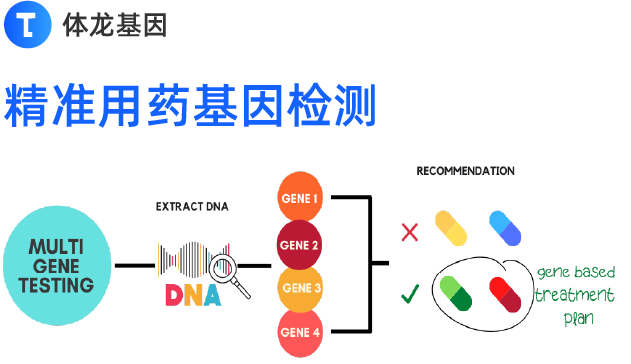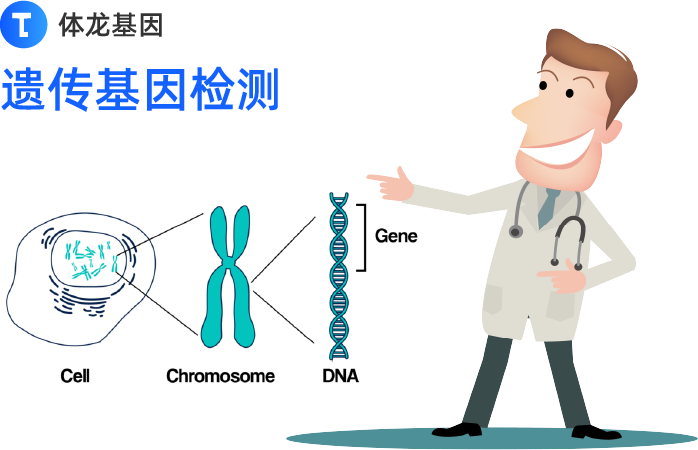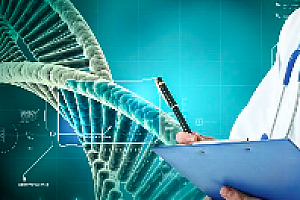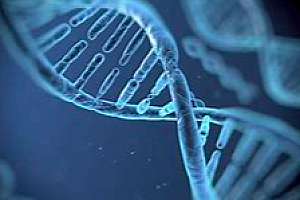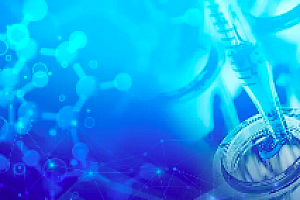对于“血晶”这一名词,大家可能感觉到非常生疏,又或熟悉。在许多文章中可能也有提到,但是在许多专著和教材中都没有他的踪影。他到底是何种物质?他的来源、形态特点、临床诊断价值是什么,目前可以用到的资料甚少。本文将结合国内外文献总结与概述,结合作者自己的研究与发现,给大家详细介绍“血晶”的前世今生。血晶的基本概念血晶是什么?想必从事检验医学工作的同仁都比较陌生,国内鲜有论述,图谱更是很少能查到。在医学百科中是这样描述的:血晶为棕黄色斜方形,对角相等且对边也相等,但边不全相等且角不是直角的四边形结晶,见于胃肠道出血后的粪便内,不溶于氢氧化钾溶液,遇硝酸呈蓝色。形态学上,最常见的是星状或菱形/长方形排列,呈放射状和/或显示为直径为8-10毫米的针样大小,呈金黄色,棕黄色或淡黄淡红色,1847年,血晶第一次被描述是在出血的组织中[1]。血晶名称的由来向上滑动阅览血晶一词,英文应为“hematoidin crystals”。Hematoidin来自希腊词“haima”,意思是“blood”。和希腊词“eidos”, 意思是“resemblance”。把这两个词放在一起“blood resemblance”。意思是“和血相似”。当hematoidin存在于黄体,被称为haemolutein。黄体是卵巢表面上的球面状淡黄色结构,在女性体内,是通常产生卵子的器官。Hematoidin也被称为blood crystals、hematoidin crystals。1913年的Webster’s词典中解释道:“(Physiol. Chem.) A crystalline or amorphous pigment, free from iron, formed from hematin in old blood stains, and in old hemorrhages in the body. It resembles bilirubin. When present in the corporalutea it is called hemolutein. 意思是血晶无定形,不含铁,是血红素形成的,并存在于陈旧出血者体内,它类似于胆红素。Word Net词典是这样解释的:“an orange-yellow pigment in the bile that forms as a product of hemoglobin; excess amounts in the blood produce the yellow appearance observed in jaundice。Izutsu 等证明[2],血晶是由蛋白质-碳水化合物复合体,而不是胆红素。血红素是一种内源性血色素,不同于其他内源性色素,如含铁血黄素,因为它不含铁。另外,很多外文书籍对血晶进行了记载:Philip Bovier Hawk (1918) 主编的Practical physiological chemistry书中提到:“BILIRUBIN (hematoidin). (Ogden.) yellow rhombic plates upon the spontaneous evaporation of its chloroform solution. The crystalline form of bilirubin is practically the same as that of hematoidin.”。由此我们知道,血晶是黄色菱形晶体(图1),胆红素的晶体形式几乎是和血晶相同的。血晶是通常存在于巨噬细胞内的菱形黄色晶体。血红素的存在表明先前出血的证据,因为它们是在血红蛋白的厌氧分解过程中形成的,特别是在组织或体腔内。图1 Wassana Kayanganna供图向上滑动阅览由Charles Edmund Simon (1907) 主编的A Manual of Clinical Diagnosis by Means of Microscopic and Chemical Methods书中提到:“In dilute solution with sodium carbonate it shows four bands hematoidin.—Small amorphous particles of an orange or ni by- red color, or crystals belonging …”。由Ralph Waldo Webster (1920) 主编的Diagnostic Methods, Chemical, Bacteriological and Microscopical: A Text-book书中提到:”hematoidin. This ruby-red or reddish-yellow pigment is derived from blood coloring matter and like hematoporphyrin is iron free. …”。由Leonard Napoleon Boston1905年主编的A Text-book of Clinical Diagnosis by Laboratory Methods书中写到:“hematoidin is a derivative of hemoglobin, and appears either as needles or rhombic plates which are of a light- or dark-orange hue, soluble in ether …”。由此我们了解到:血晶是血红素分解代谢的产物,血红素存在于血红蛋白,红细胞的主要组成部分。血晶橙色或褐色,不含铁。通常表现为针状、菱形状或无定形,在巨噬细胞内或外可观察到。血晶是红细胞外渗在一个封闭的组织隔室并且在低氧分压条件下血红蛋白代谢的结果。也就是说,血晶是人体陈旧性出血中的红细胞被网状内皮系统的巨噬细胞吞噬后,血红蛋白分解产生的结晶。血晶报道与临床意义血晶也被发现在一系列其他类型的样本中。Hennrick K等[3]报道了一名53岁骨髓坏死的男性坏死骨髓中线型细丝状血晶的放大图(图2)。图2 坏死骨髓中线型细丝状血晶的放大图Gulati R等[4]报道了一位50多岁右桥小脑角神经鞘瘤多次手术的女子,脑脊液检查发现已吞噬血晶的巨噬细胞(图3)。中枢神经系统发生出血大约两个小时后,巨噬细胞开始出现在脑脊液。在巨噬细胞内的血晶和含铁血黄素,两者都指示出颅内出血。含铁血黄素表示在过去的3~4天内出血,血晶表示在过去一周内出血。图3 吞噬血晶Tate GA等[5]报告了5例滑液发现的血晶(图4)。图4 滑液发现的血晶痰标本中的血晶(图5),不规则形、菱形、带褐色的细长体、金黄色的海星状[6]。图5 痰标本中的血晶1905年由Leonard Landois和Albert Philson Brubaker主编的Text-book of Human Physiology: Including Histology and Microscopical Anatomy书中提到:“After extensive dissolution of blood in the vessels, as, for instance, after transfusion with foreign blood, hematoidin crystals have been observed in the urine”。可见血晶在尿液中也可观察到。Zaharopoulos P等[7]报告了宫颈涂片检查发现的血晶,Capaldo G等[8]认为在宫颈涂片血晶的发生率比以前认为的更常见,并经常与怀孕相关。Stueck AE[9]等非典型脑膜瘤患者中发现了血晶,Iwasawa K等[10]在颈椎脓肿患者中发现了血晶(图6-10)。图6 脓毒性休克和代谢性酸中毒的新生儿细胞内血晶(Chris Cogbill供图)图7 肝-胆道脓肿史患者的腹腔积液,黄色血晶 (Daniela Hermelin供图)图8 支气管肺泡灌洗液中观察到的血晶(Pierre Hébert供图)图9 脑内出血患者脑脊液中血晶。(José A.T.Poloni供图)图10 出血性黄体囊肿病人HE染色观察到的金黄色菱形血晶(Jerad Gardner供图)小结通过上面知识的学习,我们知道血晶是由组织中的血红蛋白分解引起的,在低氧或无氧条件下形成,出血后大约两周,这些晶体可在身体的任何部位发现。血晶可以出现在细胞内或者细胞外,但它们不会被铁染色。这些血晶的出现意味着存在陈旧性出血的证据,且出血时间超过3个小时,因为它们是在血红蛋白的厌氧分解过程中形成的,特别是在组织或体腔内。认识血晶及其形态特征可以使我们规避很多不必要的分析。此文抛砖引玉,很多未知的领域有待我们去认识,去发现,去探索。【参考文献】[1] Virchow R. Die pathologischen pigmente[J]. Virchow Arch,1847,1:379-404. DOI:10.1007/BF01975874.[2] Webster’s Revised Unabridged Dictionary Version published 1913[M].by the C. & G. Merriam Co.Springfield, Mass.[3] https://www.vocabulary.com/dictionary/hematin.[4]Izutsu T, Takahashi T, Katashima A, et al . So called hematoidin crystals in cervicovaginal smears[J]. J Jpn Soc Clin Cytol,1989,28:501‑504.[5] Hennrick K, Yang D.Hematoidin[J].Blood,2014,124(13):2158. DOI: 10.1182/blood-2013-10-462804.[6] Gulati R, Menon MP.Indicators of true intracerebral hemorrhage: hematoidin, siderophage, and erythrophage[J].Blood,2015, 125(23):3664. DOI: 10.1182/blood-2015-02-625301.[7] Tate GA, Schumacher HR Jr, Reginato AJ,et al.Synovial fluid crystals derived from erythrocyte degradation products[J].J Rheumatol,1992,19(7):1111-1114. [8]Rafael Martínez-Girón, Hugo Cornelis van Woerden, Liron Pantanowitz. Hematoidin crystals in sputum smears: Cytopathology and clinical associations[J].Annals of Thoracic Medicine,2020,15,(3): 155-162.DOI: 10.4103/atm.ATM_69_20. [9] Zaharopoulos P, Wong JY, Keagy N. Hematoidin crystals in cervicovaginal smears. Report of two cases[J]. Acta Cytol,1985,29(6):1029-1034. [10] Capaldo G, LeGolvan DP, Dramczyk JE. Hematoidin crystals in cervicovaginal smears. Review of 27 cases seen in one year[J]. Acta Cytol,1983,27(3):237-240. [11]Stueck AE, Easton AS. Hematoidin (crystallized bilirubin) crystals in an atypical meningioma[J]. Int J Surg Pathol,2014,22:68-69.DOI: 10.1177/1066896913510028.[12]Iwasawa K, Furukawa M, Saito T, et al. A case of hematoidin crysyals found in cervical abscess[J]. Japn J Med Technol,2017,66:731.注:许多图片来自文献,许多为无染色或瑞氏染色。本文未详细注明染色方法,感兴趣的读者可以阅读后面所列参考文献进行详细学习。
(责任编辑:dawenwu)
血晶的形态学鉴别与临床诊断价值
1,005



